How to Ground Yourself in 30 Seconds or Less (No App Required)
In the hustle and bustle of modern life, finding a moment of peace can seem elusive. With technology constantly at our fingertips, the temptation to use apps for relaxation is strong. However, grounding yourself without digital assistance is not only possible but can be profoundly rewarding. This article explores 11 simple, app-free techniques to help you find your moment and ground yourself in just 30 seconds. Each method is designed to be accessible, requiring no special tools or settings, and can be seamlessly integrated into your daily routine. Let’s embark on this journey to discover how these quick grounding techniques can transform your day.
1. Deep Breathing
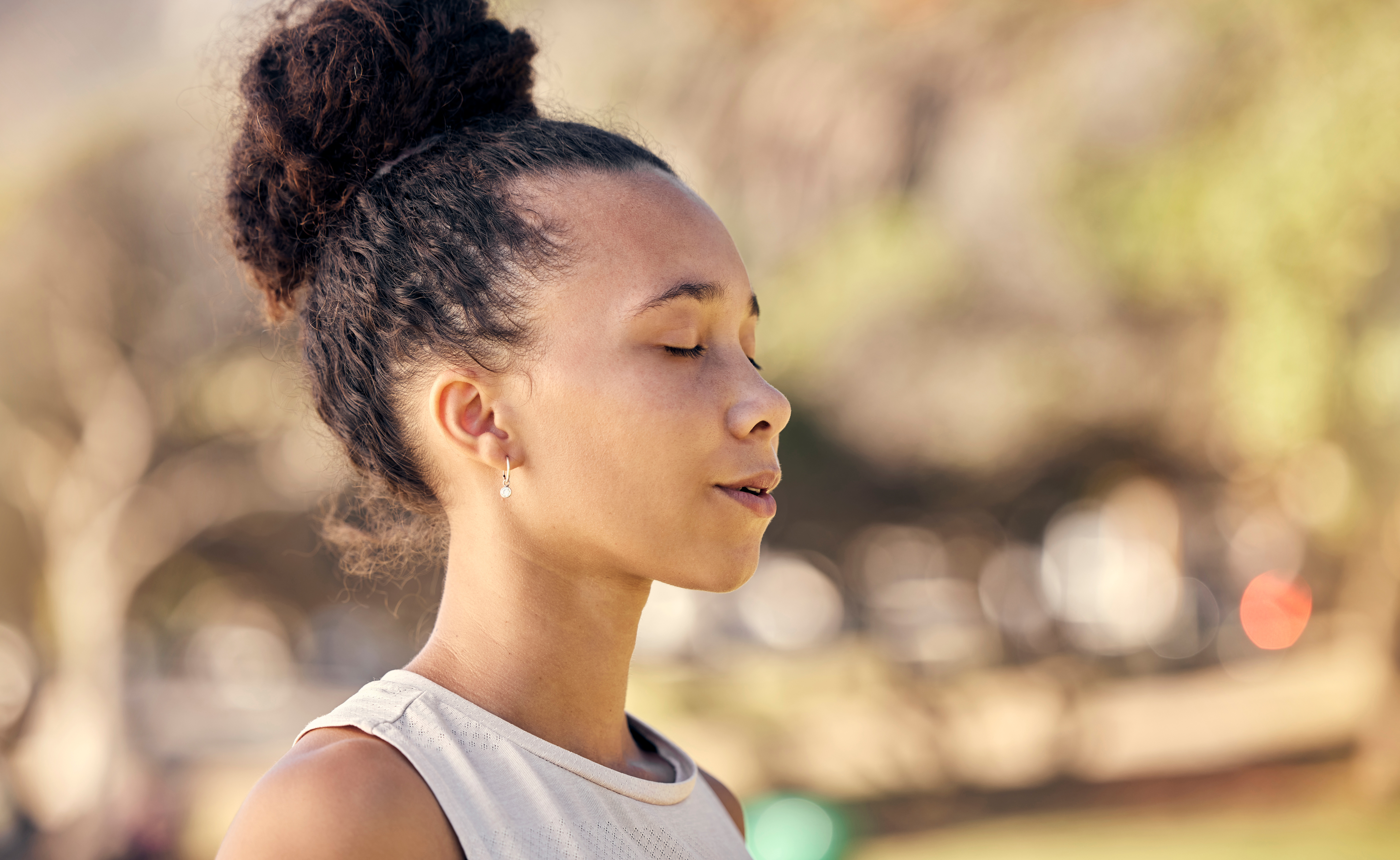
Deep breathing is one of the most effective ways to ground yourself quickly. By focusing on your breath, you can instantly shift your attention away from stressful thoughts and toward a state of calm. To practice, inhale deeply through your nose, allowing your chest and abdomen to expand fully. Hold the breath for a moment before slowly exhaling through your mouth. Repeating this cycle for 30 seconds can help lower your heart rate and reduce anxiety. This technique is not only simple but also portable, allowing you to practice it anywhere, whether you're at your desk or stuck in traffic.
2. Mindful Observation

Mindful observation involves taking a moment to focus intently on a single object in your environment. This could be anything—a plant, a piece of art, or even the view outside your window. Spend 30 seconds examining the object, noting its colors, textures, and details you might not have noticed before. This exercise helps divert your mind from stressors and anchors you in the present moment. By honing in on one object, you cultivate a sense of mindfulness that can help alleviate anxiety and promote a sense of peace and clarity.
3. Physical Touch

Utilizing physical touch is a powerful way to ground yourself. This can be as simple as placing your hand on your heart or gently squeezing the muscles in your arms. Physical touch helps to reconnect your mind with your body, reminding you of your physical presence in the world. This tactile sensation can be comforting, providing a sense of safety and stability. In just 30 seconds, this method can help reduce feelings of disconnection or overwhelm, making it an effective tool for grounding, especially during moments of intense stress.
4. Grounding Visualization

Visualization is a technique that can transport you to a place of calm and serenity within seconds. Close your eyes and imagine a peaceful scene—perhaps a quiet beach, a lush forest, or a serene mountain top. Focus on the details: the sound of the waves, the rustle of leaves, or the crisp mountain air. This mental imagery can act as a powerful anchor, pulling you away from stress and into a tranquil state. Visualization not only provides an immediate sense of calm but also enhances your ability to focus and be present in the moment.
5. Sensory Awareness
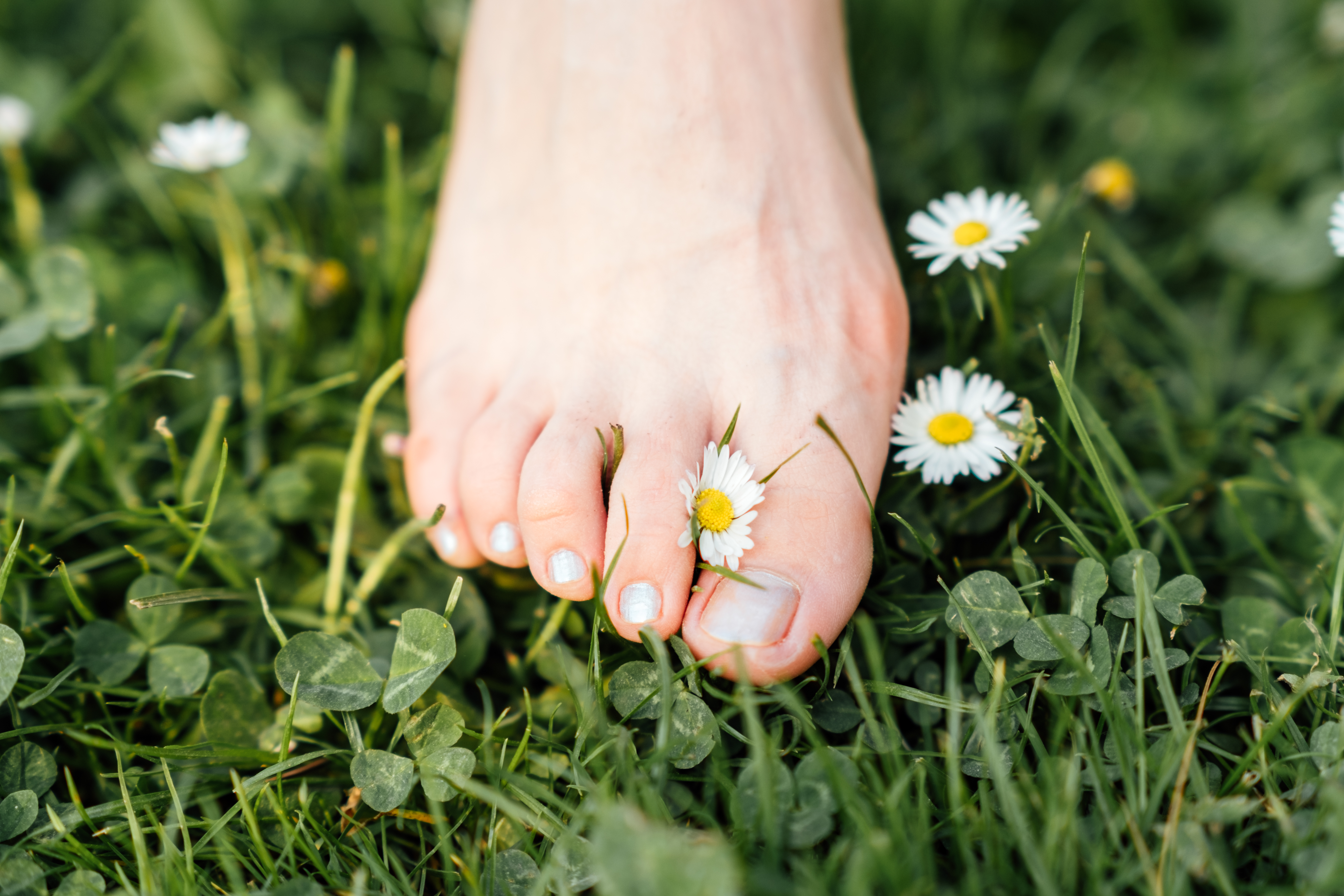
Engaging your senses is a quick and effective way to ground yourself. Take 30 seconds to focus on what you can see, hear, feel, smell, and taste. This might involve feeling the texture of your clothing, listening to ambient sounds, or noticing the colors around you. By tuning into your senses, you draw your attention away from your thoughts and into the present moment. This heightened awareness can help reduce anxiety and increase your connection to the world around you, making it a powerful grounding tool.
6. Affirmations
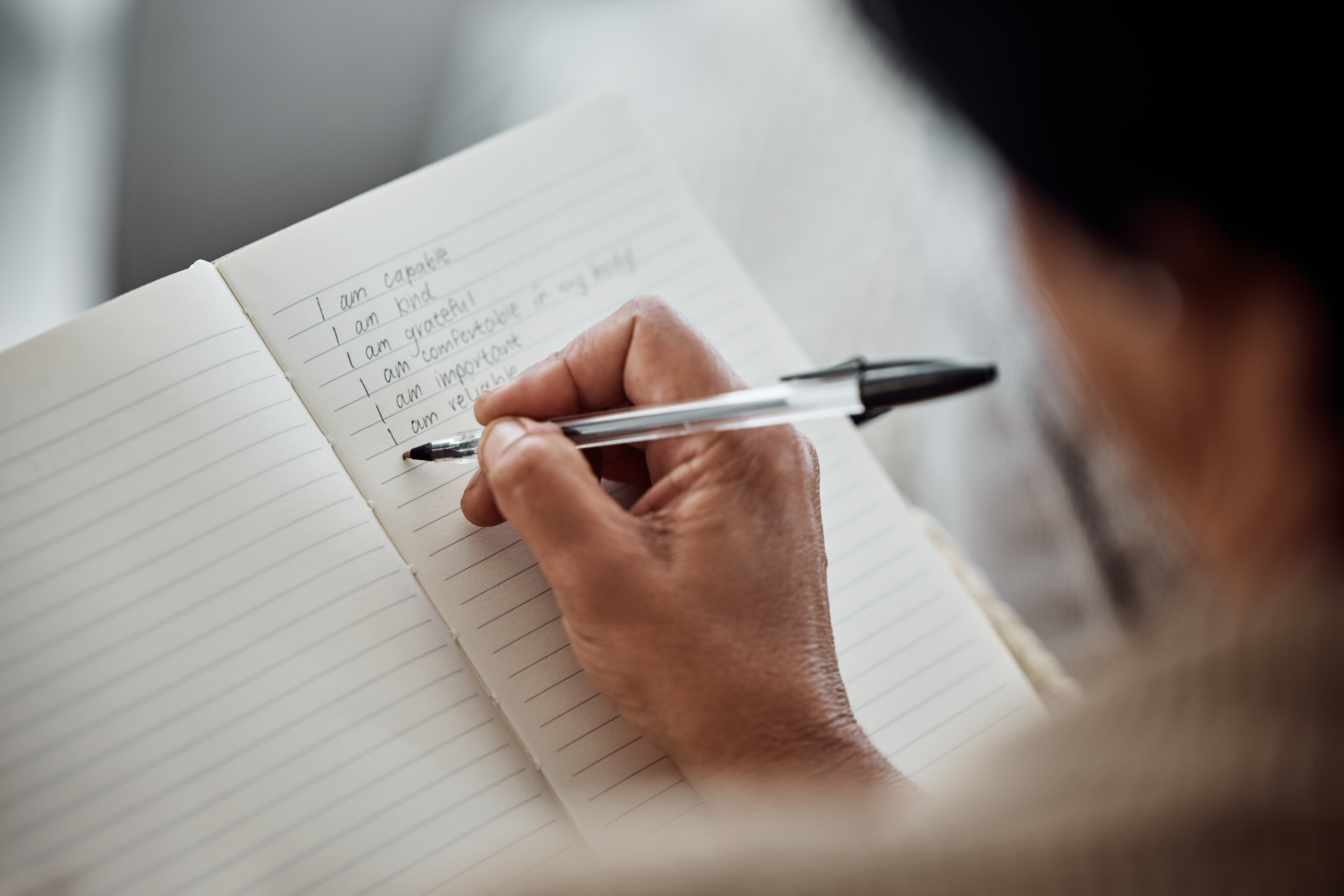
Affirmations are positive statements that can help ground your thoughts and emotions. Spend 30 seconds repeating a calming phrase or mantra to yourself, such as "I am calm and centered" or "I am in control of my thoughts and feelings." This practice can help shift your mindset from stress to serenity, reinforcing a positive narrative. By focusing on these affirmations, you can reduce negative self-talk and cultivate a sense of inner peace and confidence, making it easier to navigate through stressful situations.
7. Progressive Muscle Relaxation

Progressive muscle relaxation is a technique that involves tensing and then relaxing different muscle groups in your body. Start with your toes, gradually working your way up to your head. Spend a few seconds tensing each muscle group before releasing the tension. This exercise helps to release physical tension and promote relaxation. In just 30 seconds, you can become more aware of your body and reduce stress, making it an excellent tool for grounding yourself quickly and effectively.
8. Gratitude Practice
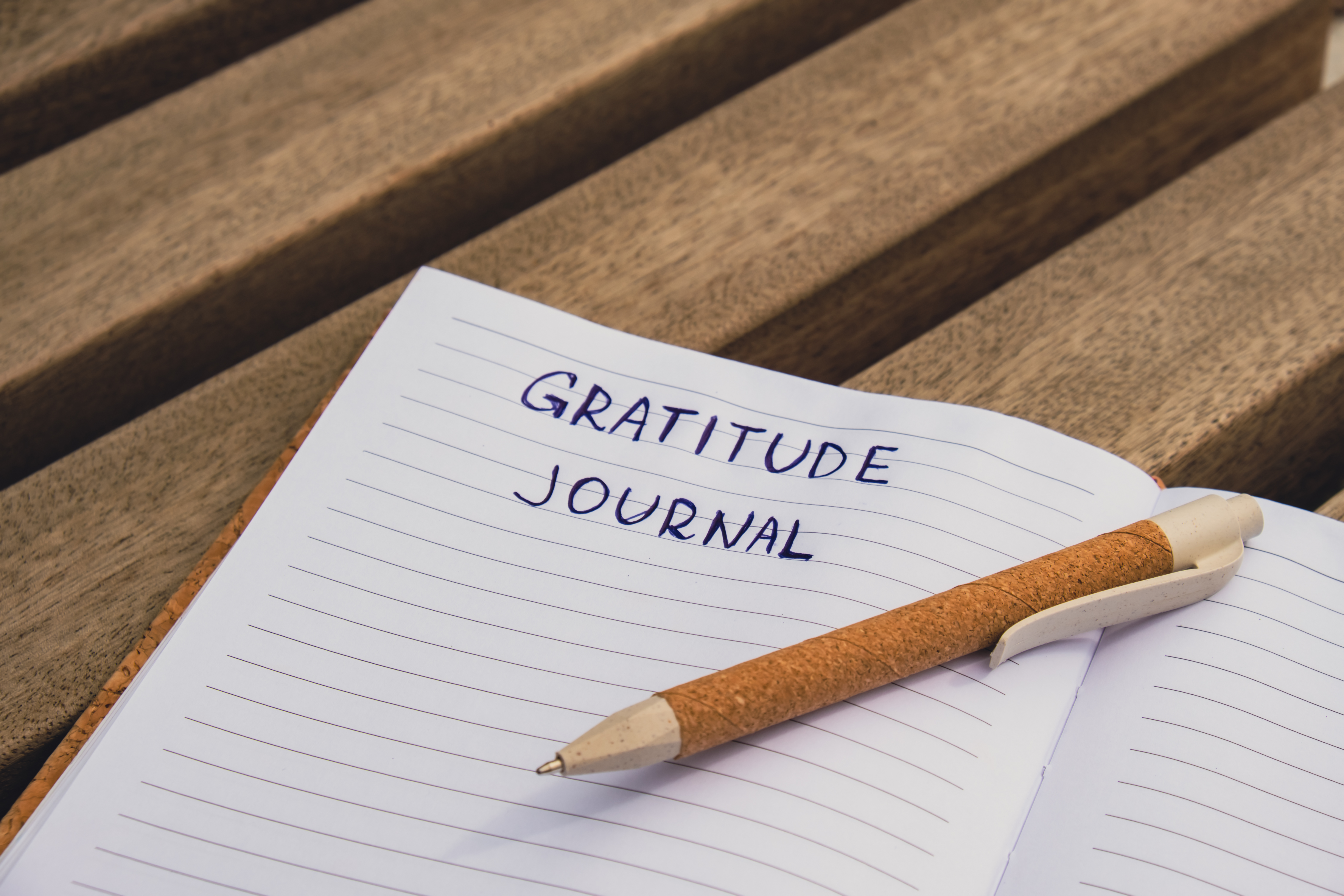
Practicing gratitude is a powerful way to ground yourself by shifting your focus from what's troubling you to what you're thankful for. Spend 30 seconds reflecting on three things you're grateful for in your life. This could be anything from a supportive friend to the warmth of the sun. By concentrating on gratitude, you can foster a positive mindset and reduce feelings of anxiety or stress. This simple practice can help you feel more connected to the world and more appreciative of the present moment.
9. Nature Connection
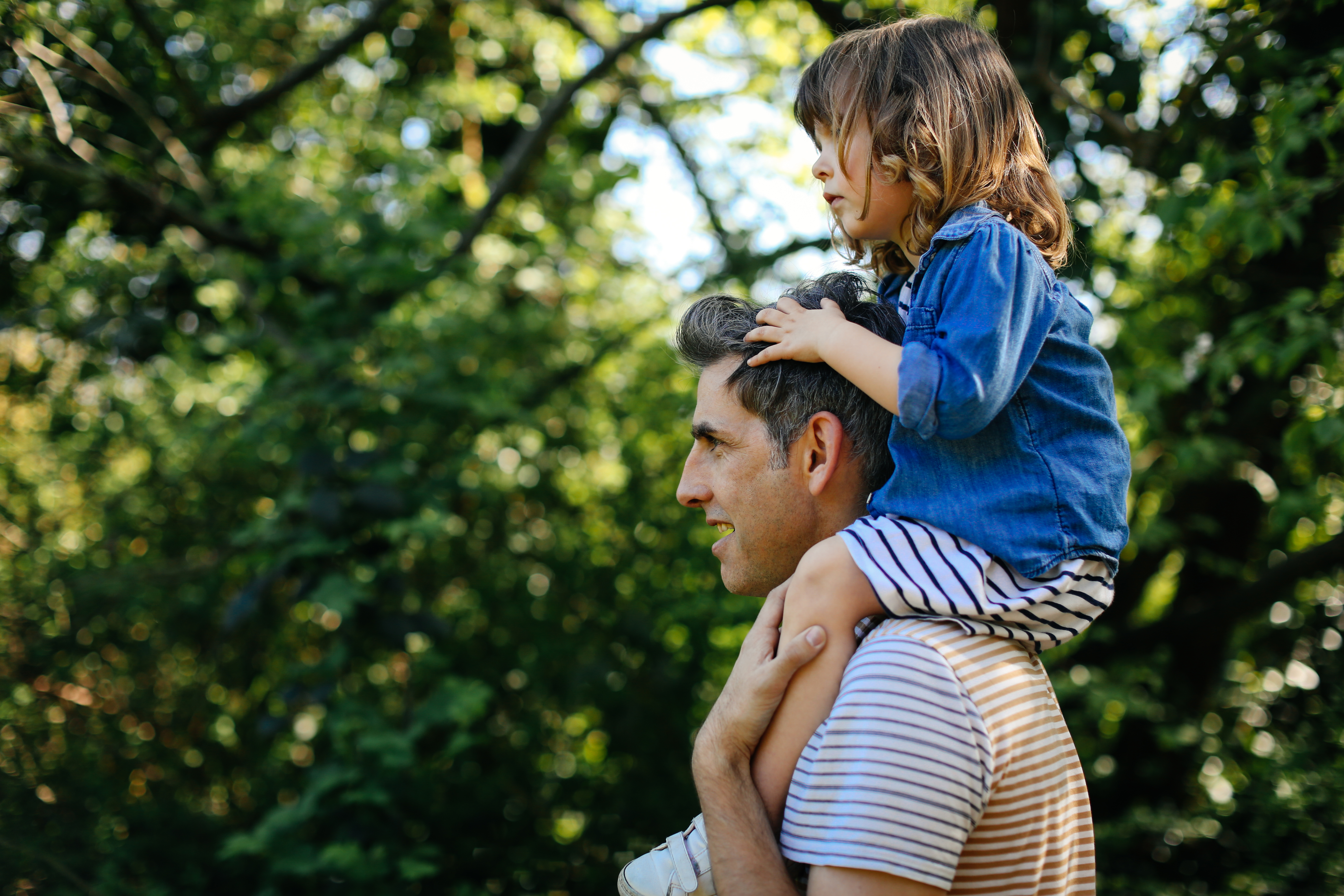
Connecting with nature, even briefly, can have a grounding effect. If possible, step outside for 30 seconds and immerse yourself in your surroundings. Feel the ground beneath your feet, listen to the sounds of nature, and breathe in the fresh air. If stepping outside isn't possible, simply looking at a plant or a picture of nature can have a similar effect. This connection to nature can help reduce stress, improve mood, and increase feelings of well-being, making it an excellent grounding technique.
10. Body Scan

A body scan is a quick and effective way to ground yourself by increasing awareness of your physical state. Spend 30 seconds mentally scanning your body from head to toe, noticing any areas of tension or discomfort. As you identify these areas, consciously relax them. This practice can help you become more aware of your physical presence and reduce stress. By focusing on your body, you can shift your attention away from anxious thoughts and into the present moment, promoting a sense of calm and relaxation.
11. Laughter
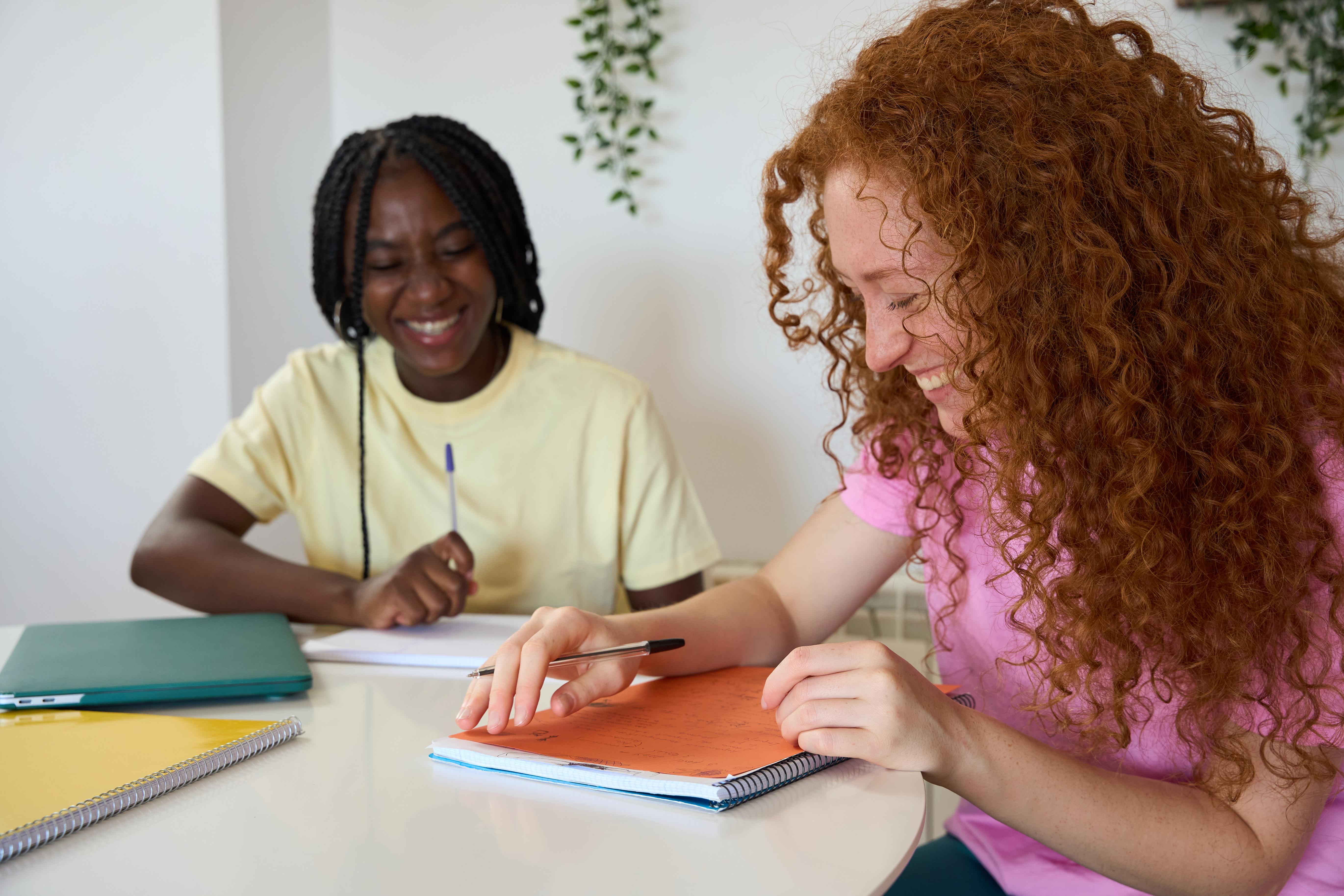
Laughter is a natural stress reliever and can be a powerful grounding tool. Spend 30 seconds recalling a funny memory or watching a short, humorous video. Laughter releases endorphins, which can improve mood and reduce stress. By focusing on something that makes you laugh, you can quickly shift your mindset from stress to joy. This practice not only grounds you but also boosts your energy and enhances your overall well-being, making it a valuable addition to your grounding toolkit.
Embracing Grounding Practices
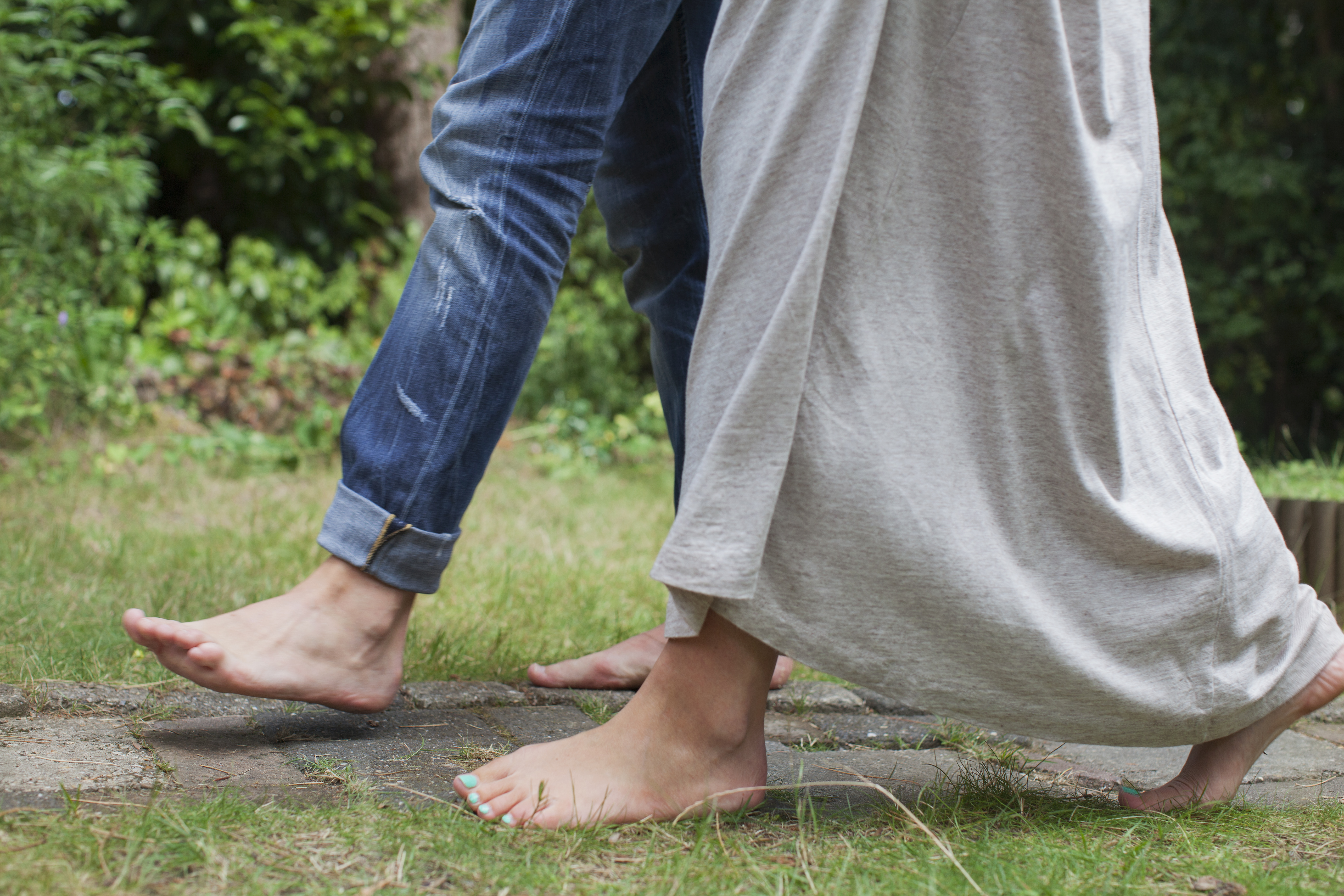
Incorporating these grounding techniques into your daily routine can help you find your moment of peace amidst the chaos of life. Each method offers a unique way to connect with the present and reduce stress, without the need for technology. By practicing these techniques regularly, you can cultivate a greater sense of calm, improve your mental clarity, and enhance your emotional resilience. Remember, the key to grounding is consistency—making these practices a part of your everyday life can lead to lasting benefits and a more centered, balanced you.
